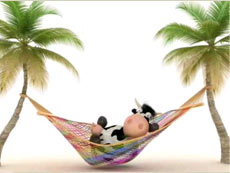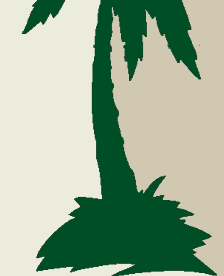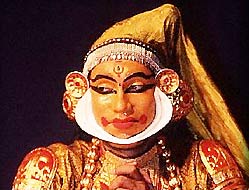Kerala culture has deeply influenced and enriched the Indian cultural
heritage and has been its integral part. Kerala is isolated from the deccan
plateau by the mountainous belt of the Western Ghats, but with a long
coastline open to foreign influences, Kerala has evolved a unique culture.
Kerala's population comprises of a large number of the people from the
Dravidians race, who also inhibit most of the southern part of India.
Hinduism is the principal religion with considerable percentages of Muslims
and Christians.
Kerala's culture is also a composite and cosmopolitan culture to which
several people and races have made their significant contributions. It is an
educationally advanced state with its own language, Malayalam, and has the
literacy rate of 100%, the only state in India to achieve such honor. With
passing phase, Kerala is adjusting to the new values and at the same time
trying to maintain the good things of its old tradition.
Kerala Culture is also revealed in its varied dance forms, martial arts and
cuisine. Kathakali, a 300-year-old dance form is one of the most popular
dance forms, developed exclusively in Kerala. This dance is a beautiful
combination of color, dance, music, drama and expressions. Other dance forms
of Kerala are Mohiniyattom, Thullal, Krishnanattom, Koodiyattom, Kolkkali,
Thiruvathirakali, Oppanna and Chavittunatakom.
Apart from classical art and dance, Kerala excels in the marital art form
known as Kalaripayattu. It is the comprehensive system regarded as one of
the oldest and most scientific in the world. Even kung-fu is believed to
have originated from Kalaripayattu.
Thus, in its totality, Kerala's culture represents the triumph and success
of it's people in every sphere, be it art and architecture, education or
it's multifaceted religion. The present culture of Kerala is the result of
the unique process of cultural synthesis and social assimilation.
























